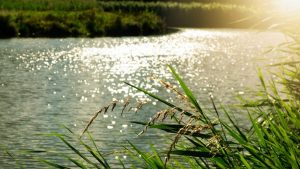VICTORIA – Representatives of Gitanyow First Nation, including hereditary chiefs and the Government of British Columbia, are celebrating the 10-year anniversary of a land-use plan for the Gitanyow territory.
In 2012, under the Gitanyow Huwilp Recognition and Reconciliation Agreement, Gitanyow and the province agreed to the Gitanyow Lax’yip Land Use Plan, which lays out the nation’s vision for lands in their territory, including appropriate uses, a government release stated.
The plan led to a collaborative process between Gitanyow and neighbouring nations, the province of B.C. and stakeholders who put the plan into effect for the Nass South and Cranberry Sustainable Resource Management Plans.
“Our land-use plan advances our sustainability principle Gwelx ye’enst, which ensures the Lax’yip (territory) is passed on in a sustainable manner from one generation to the next. As we all face increased risks to ecosystems from climate change, it has been shown that land-use plans can have an insulating effect from the impacts of climate change. We must continue to act to protect our Ha’Nii Tokxw, our food security, which comes from the land and waters,” Gitanyow president and chief negotiator Malii/Glen Williams said in a press release.
The land-use plan has supported sustainable development and created predictability for industry operating in Gitanyow territory and has also brought western scientific data and Indigenous knowledge together for optimal habitat management for salmon and key wildlife such as mountain goats, moose, goshawk and grizzly bears, the release stated.
Gitanyow’s land-use plan includes environmental protection to reduce the impacts of climate change and industrial development and encourages forestry harvesting practices that support biodiversity goals.











Recent Comments
comments for this post are closed